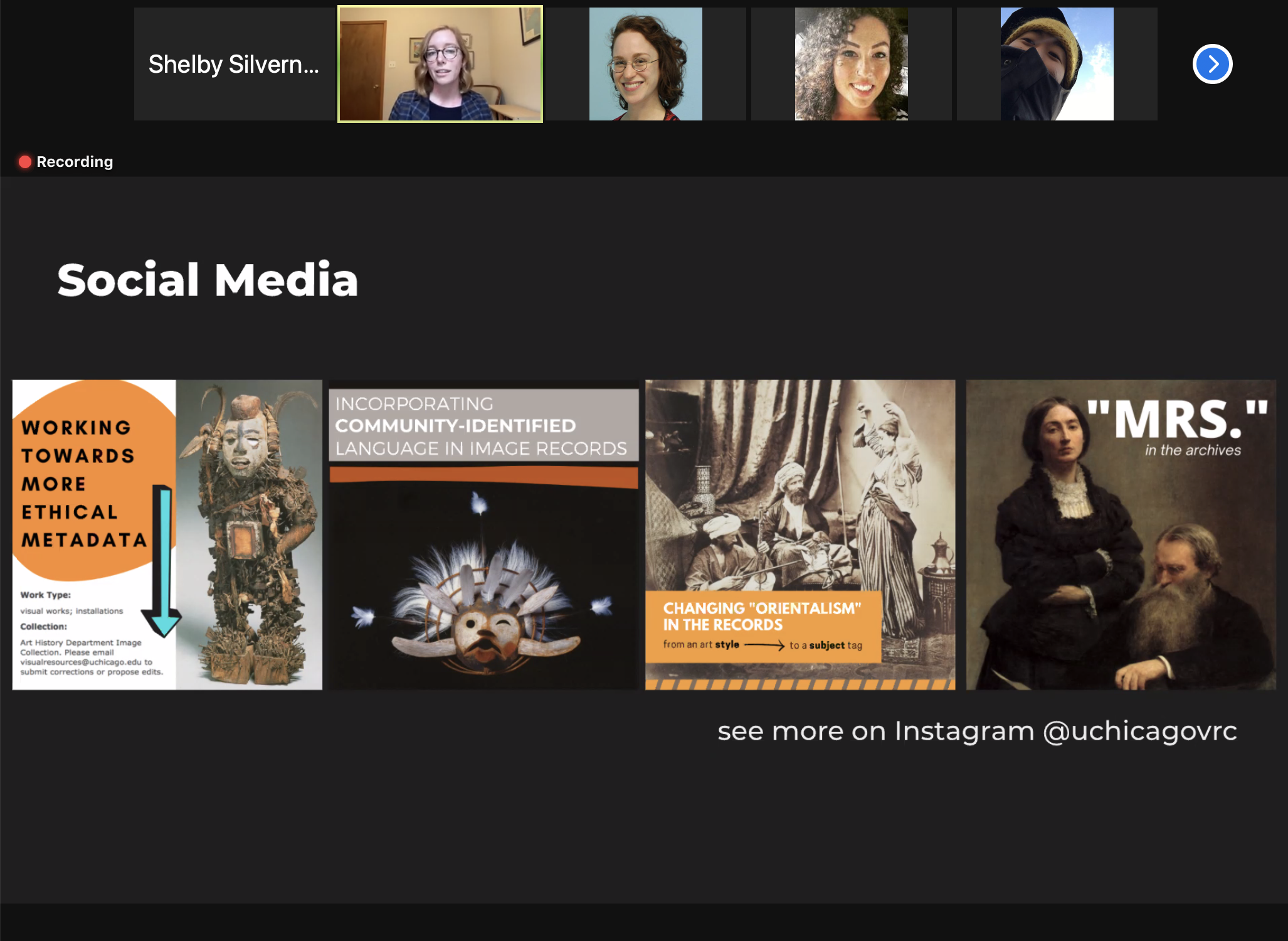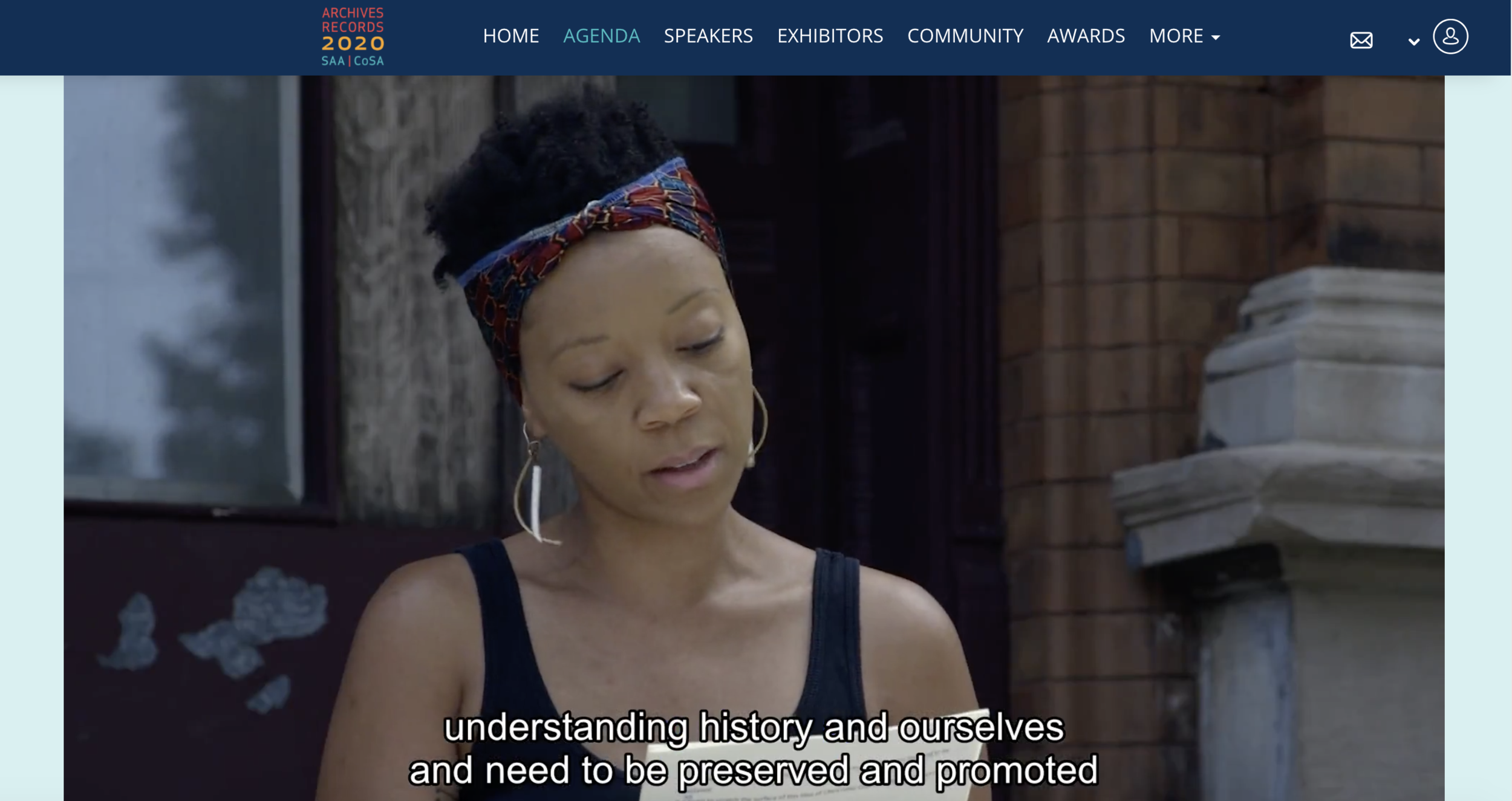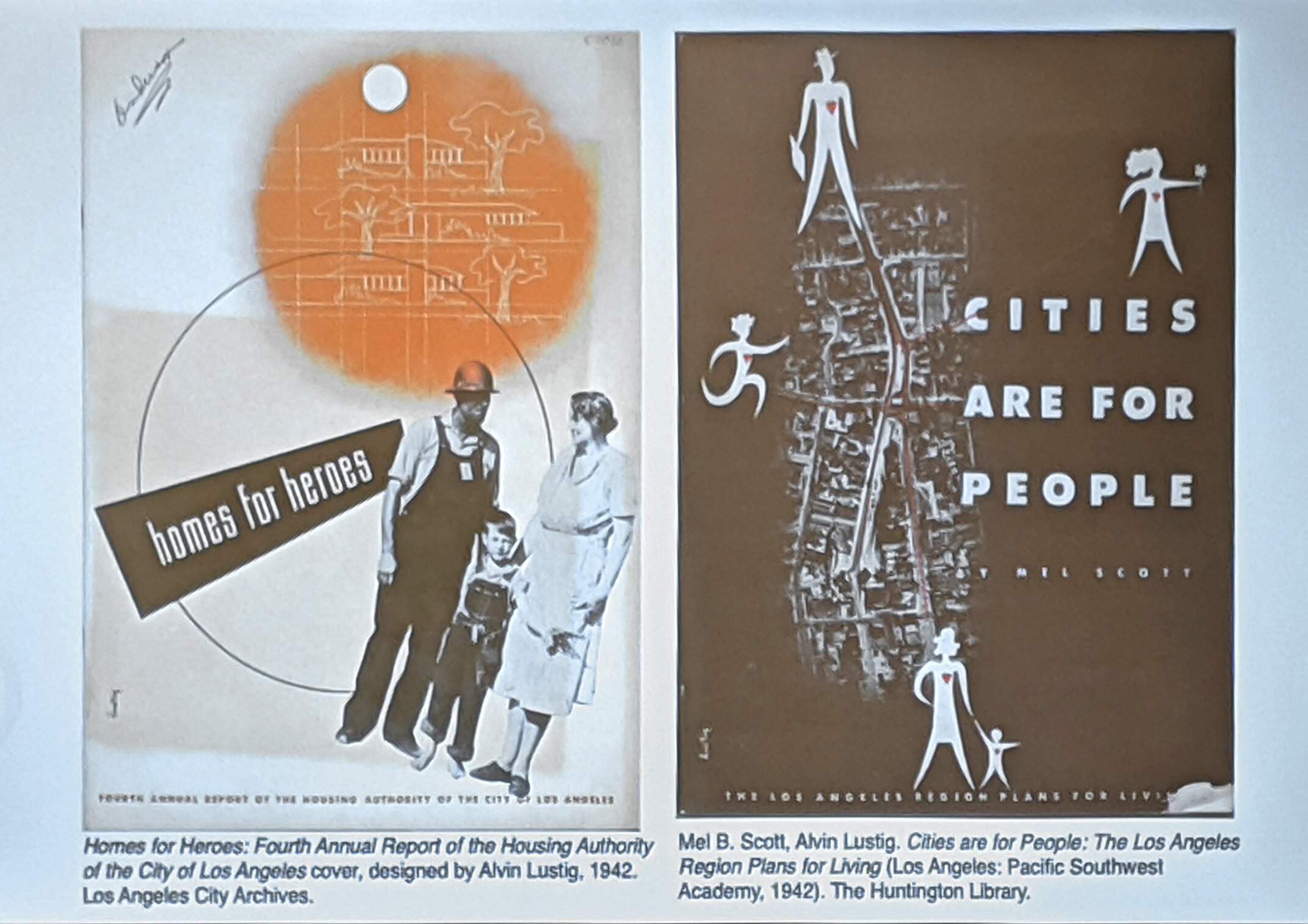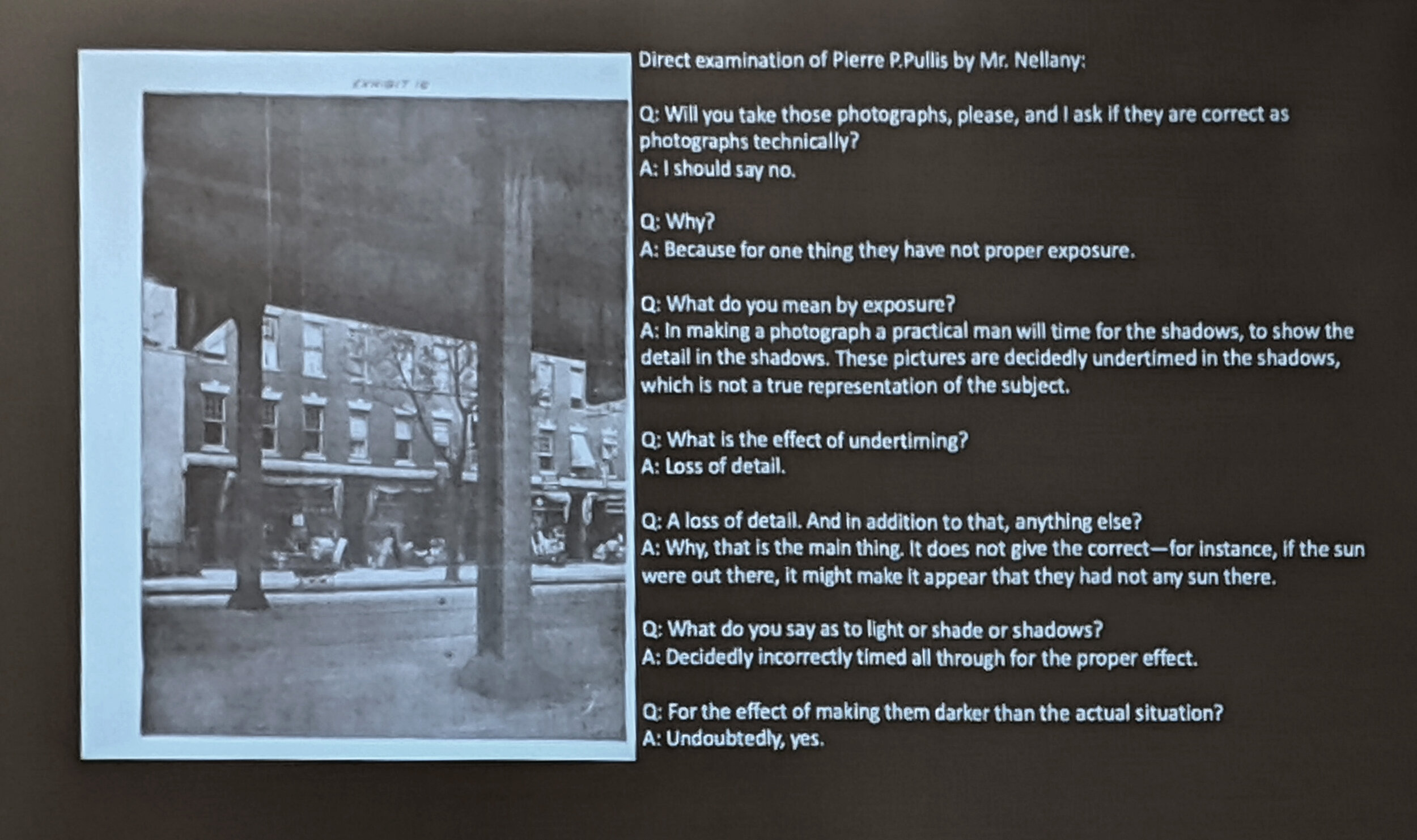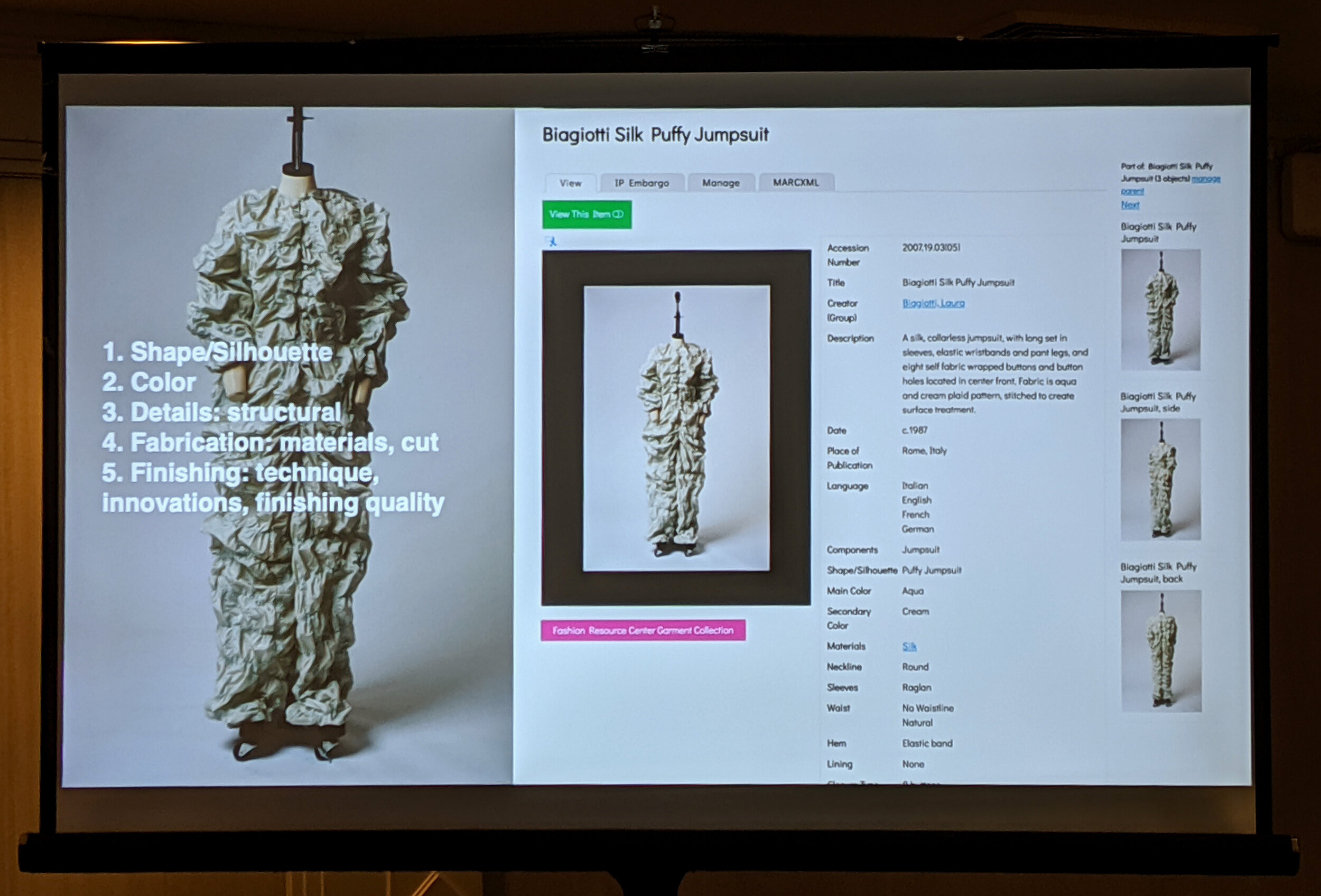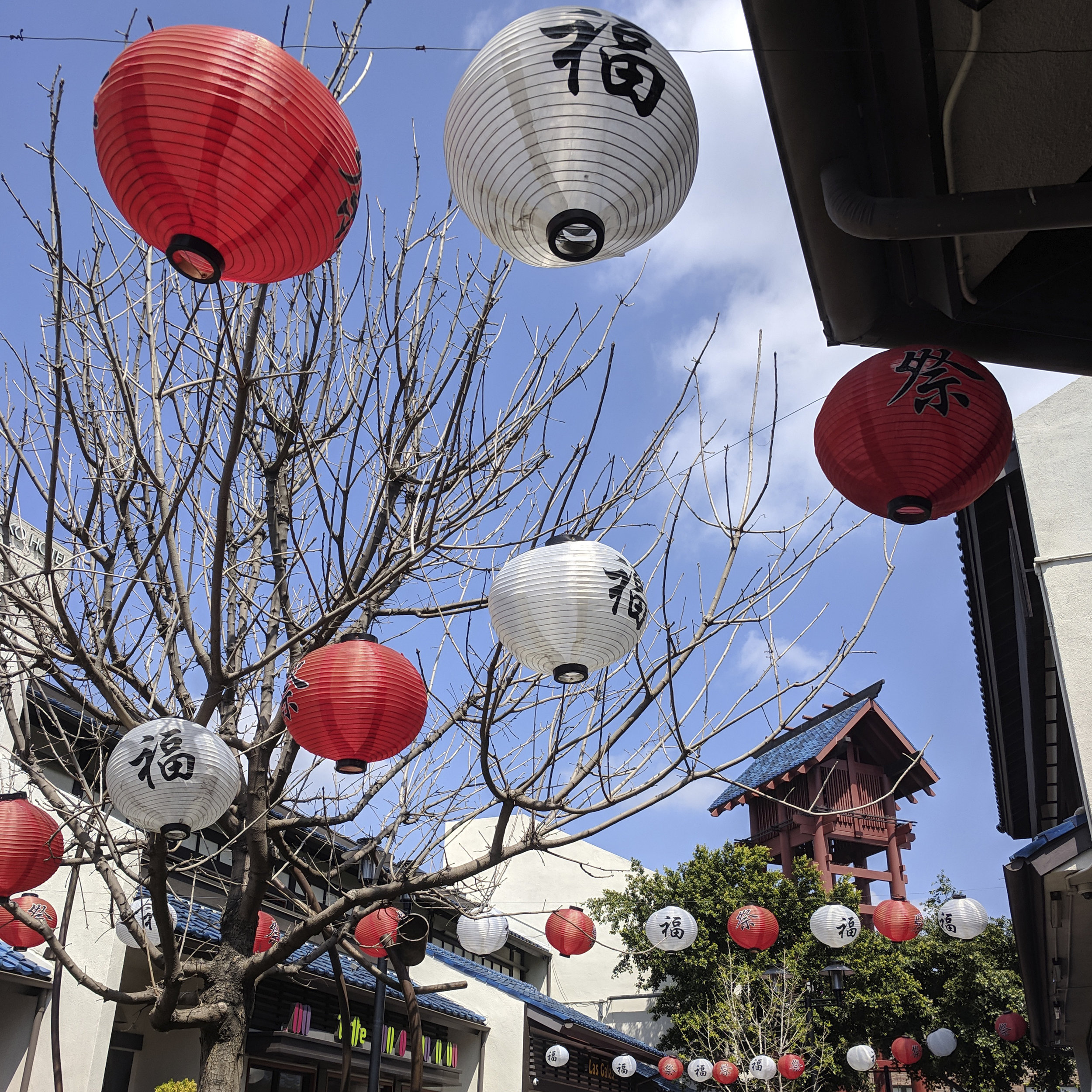In March, I attended the annual Visual Resources Association conference, which was a virtual event. After a year of doing many things online, it felt fairly natural to return to my screen for the conference. It’s definitely more challenging making organic connections with others in this format, but I do appreciate that the organizers encouraged attendees to contribute to community notes documents and that most sessions were recorded. It can be difficult retaining all the information presented at events like this one, so I’m glad I can have materials to turn back to at a later date.
The sessions I attended were great, and I was drawn in particular to those that centered people in the archives. The first of these was titled Cash Rules Everything Around Me:
“[this session] will gather a diverse range of GLAM professionals to discuss financial/compensation transparency and how it relates to the field. It will generate a fruitful discussion surrounding compensation at various points in one’s career and across the field at large. Everyone is encouraged to attend. Students and emerging professionals, in particular, will leave feeling empowered with strategies to navigate employment, and managers/administrators will gain insight into potential discrepancies and inequities.”
The conversation was moderated and organized by two members of the Equitable Action Committee and two additional members of the VRA. They began by presenting findings from a survey sent out to visual resources professionals regarding education and training, job advancement, pay and benefits, among other practical aspects of working in this field. Those who participated in the survey also had the opportunity to pass along advice to emerging professionals, and excerpts were shared during the session. The results of that survey can be found in the presentation slide deck. Next, a panel of folks with a lot of experience working in the field discussed their career paths, strategies for getting promotions and raises, and general tips on navigating employment in difficult times. There was a ton of helpful content shared, some of the notes I jotted down are below.
Document anything you do that benefits work; this includes overtime, special projects, and professional development. This documentation can come in handy when asking for a promotion, raise, better benefits, and/or applying for new jobs.
Start salary conversations before the end of fiscal year. Think of annual reviews as an opportunity for negotiation.
Present salary justification information as a one page briefer to both your boss and HR.
Prepare a script for discussing salary and benefits for a job offer. The script could include: thanks, here’s what I bring, here’s what my research has told me about what’s fair for a salary, maybe 1-3 more things in addition to salary if she isn’t asking for a lot more money (ex: 5 extra vacation days), “what are your thoughts on this?”
Lots of public institutions have accessible databases where you can look at salaries for people with your job title or for the job title you are applying for. This is a valuable tool when you negotiate for a starting salary or raises.
If a salary or salary range isn’t posted, ask for that information when scheduling an interview, as it wastes everyone’s time if there’s a misunderstanding about this.
Talk to peers at your current institution (similar educational requirements, responsibility) and compare numbers to understand your current salary and benefits situation better.
Research a potential employer and use professional networks to learn more. This can help you decide if the position might be a good fit and if you’ll receive adequate compensation.
Negotiation strategies in COVID world: think about non-compensation things you can ask for - days off, flex schedule, etc
Financial literacy is important especially if you don’t have much experience with it. Take advantage of any financial planning info provided through work
At conferences, it often feels like there’s a focus on the work professionals do, so it was a nice change of pace to see the focus shift to those doing the work. The field of visual resources is nothing without those doing the labor. I’m grateful for the folks who organized this session, and it seemed that those who attended were also glad to have a platform to talk about these issues.
Allie Scholten and a slide from her presentation ‘Remediating Records: Critical Cataloging and Keywork Reparation’ during the Emerging Voices Lightning Round session.
I also really enjoyed the Emerging Voices Lightning Round Session, organized the Visual Resources Emerging Professionals Committee, which:
“provides emerging professionals in the visual resources field and related, the opportunity to present topics from exceptional coursework, such as a master's thesis, or topics with which they are engaged early in their professional life. Emerging professionals are defined as either students in programs leading to a career in visual resources or related, or those within 10 years of the start of their career. Topics presented reveal new ideas as well as different ways of thinking about established concepts. Speakers will give the conference attendees a glimpse of interests and current discourses of the newest VRA members.”
The slide deck for the five presenters can be found here. The emerging professionals who spoke were:
Hilary Wang - Findings: A Survey on the State of Web Accessibility in Archives and Special Collections
Cassie Tanks - “Can You Hear Me OK?”: Launching a Story Based Archive During COVID-19
K. Sarah Ostrach - Photos from Taipei in Washington, DC: Processing a Chinese Collection at the National Gallery of Art
Allie Scholten - Remediating Records: Critical Cataloging and Keywork Reparation
Jack O'Malley - Protecting Employment and Building Capacity During a Crisis
All of the presentations were engaging. Even though I’m only barely out of the “emerging professionals” category, I still found it interesting to see what areas of the profession are being pushed and pulled - all for the better. In this lightning round too, there was a focus on people in archival settings, both those doing the work and those using the visual resources materials. I hope this focus propels the field forward.
Steven De'Juan Booth as the keynote speaker, sharing one image of President Obama and visitors to the Oval Office, part of the Obama Presidential Library collection.
The keynote session was titled the Afterlife of What We Archive, and it was presented by Steven De'Juan Booth:
“an archivist, researcher, and co-founder of The Blackivists, a collective of trained Black memory workers who provide expertise on archiving and preservation practices to communities in the Chicagoland area. His work and research interests include analog and born-digital audiovisual materials, Black cultural heritage preservation, community archives, and digital scholarship. He is currently the archivist/project manager of the Johnson Publishing Company Archive for the Getty Research Institute and the Smithsonian's National Museum of African American History and Culture.
In 2020, Steven co-edited with Stacie Williams Loss/Capture, an editorial project exploring the state of Black cultural archives in and beyond Chicago, presented by Sixty Inches From Center, a Chicago-based arts publication and archiving initiative. He is currently working on a book project with Barrye Brown documenting the contributions and impact of African American archivists in SAA. He is also researching Black LGBTQIA spaces and newsletters published in the Midwest as sites and sources of knowledge production and sharing.
Steven is part of a long lineage of Black information professionals who have matriculated from Morehouse College (BA in Music) and Simmons College (MS in Library Science). You can read more about his work on his website at http://www.stevendbooth.com/.”
He spoke about his journey to working in archives and how his experience working in the field has shaped his perception of what archives are and can be. I was drawn to his assertion that archives are as much about relationships (with donors, subjects, users, communities, fellow archivists) as they are about stuff - archives are about connection. This connection comes into play intrapersonally, and between individuals and their history and community. As such, radical empathy is key in archives. Archivists need to learn how to better talk to our communities in order to do this. We’re good at talking to other archivists but can’t always bridge the gap with folks who don’t have training in this field. And we need to spend more time listening with the understanding that sometimes users want to be heard without needing a concrete thing from the archives. He told some amazing stories about connecting with patrons to the Obama Presidential Library which clearly illustrated how to embrace this person-centered approach to the work. His talk was inspiring.
Kate Thornhill and a slide from her presentation ‘Decolonizing knowledge within Afro-Indigenous traditions‘ in the session Power and Respect: Giving Back IPR Rights to Vulnerable Communities.
The last session I’ll write about is Power and Respect: Giving Back IPR Rights to Vulnerable Communities:
“How can intellectual property rights be leveraged, documented, and framed in order to hold up the rights of vulnerable communities, provide repatriations to them, and ensure their data security? As curators, archivists, and librarians who participate in documenting future histories and hidden histories, how do we include marginalized communities into the documentation of their own visual media histories? For this VRA 2021 conference session, presenters who work in archives, digital scholarship, and museums will share techniques, methodologies, and policies that consider vulnerable communities ownership of intellectual property rights when building digital archives, digital collections, and digital humanities projects.”
A panel of four presenters discussed projects and work that navigated the boundaries of creation and ownership. These speakers were: Kate Thornhill on decolonizing knowledge within Afro-Indigenous traditions, April Hathcock on the Femifesto project, Meredith Hale on the Voices out loud project, and IP manager at San Francisco Museum of Art Sriba Kwadjovie Quintana who spoke about her experiences in that role and working with living artists.
Their presentations and the following discussion underscored how archivists and visual resources professionals need to - and in many cases are - shift away from the idea of our institutions as benevolent and rightful owners of all knowledge. Not all knowledge can and should be acquired, described, and be made accessible to all users. The wishes of creators and subjects of materials should always be centered, above the right of users’ access, especially when it comes to systemically, historically marginalized groups. I was drawn to the three pillars of the Femifesto project, as a means of summarizing what this type of relationship between communities and professionals can look like: (1) building relationships, (2) ethical cataloging and metadata creation, and (3) responsible sharing and accessibility.
The Q&A session at the end of the presentations resulted in some interesting dialogue around navigating care with creators and communities while working in institutional settings that are often more rigid, and how to handle individuals and communities in cases where legal protections are no longer in place. The panelists underscored that we operate in colonialist, capitalist systems - both at work and in our broader society. They stressed that we must acknowledge these realities, be transparent about processes and limitations, build trust and relationships, advocate for these groups, explore post-custodial models, and always consider ethics even if the law doesn’t come into play in any given situation.
These sessions and all the others that I attended at the conference gave me a lot to consider as I return to work. Though a lot of these issues don’t come up in my current role, given the limitations of working with an institutional collection, it is likely these scenarios may be more relevant in future positions. And ultimately, the overarching idea that people matter as much, if not more, than the “stuff” in our collective stewardship, is an important one to carry back to any job in this field.

